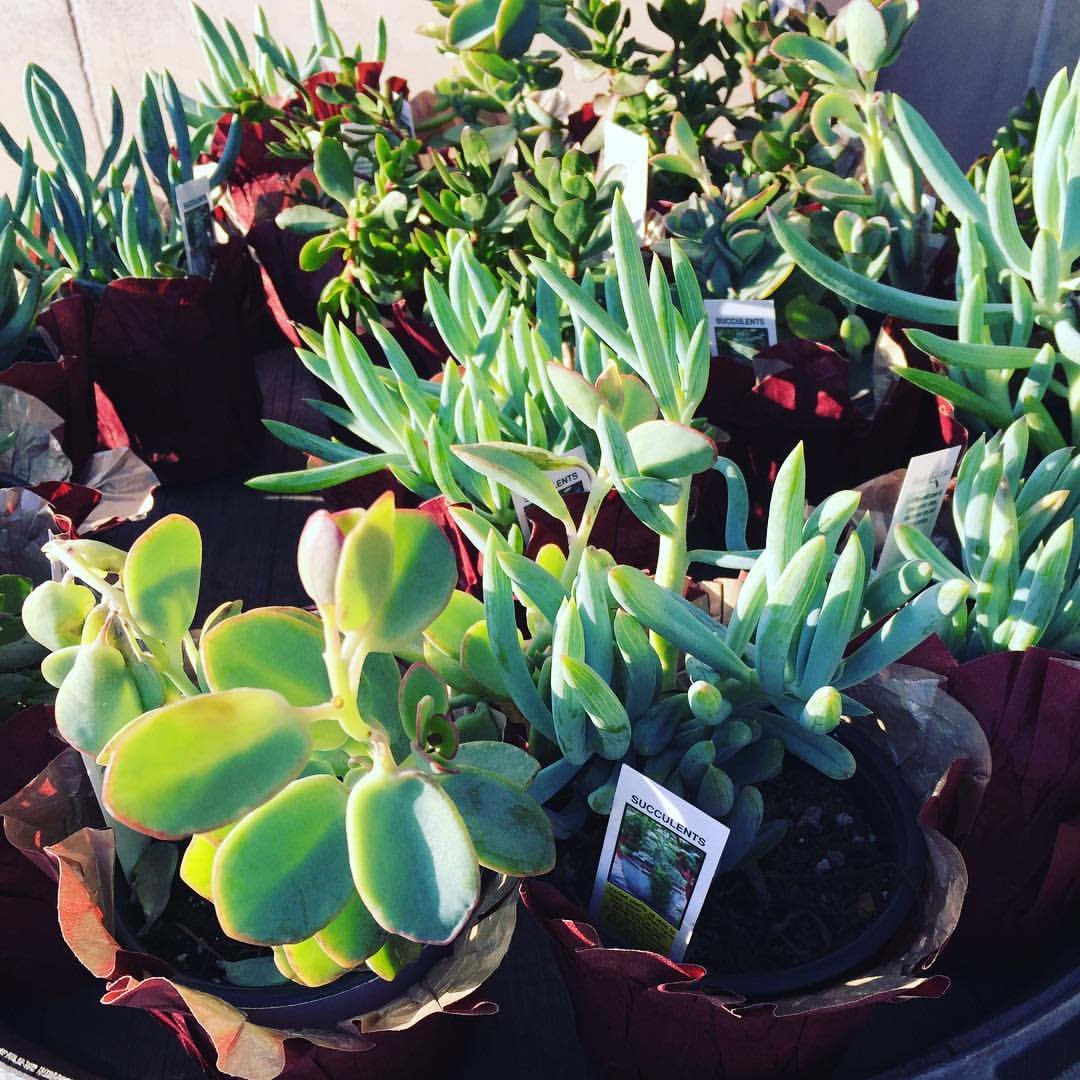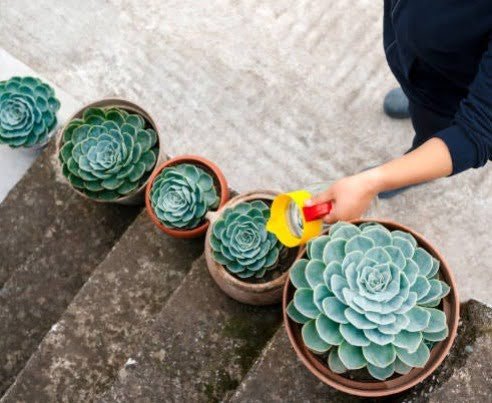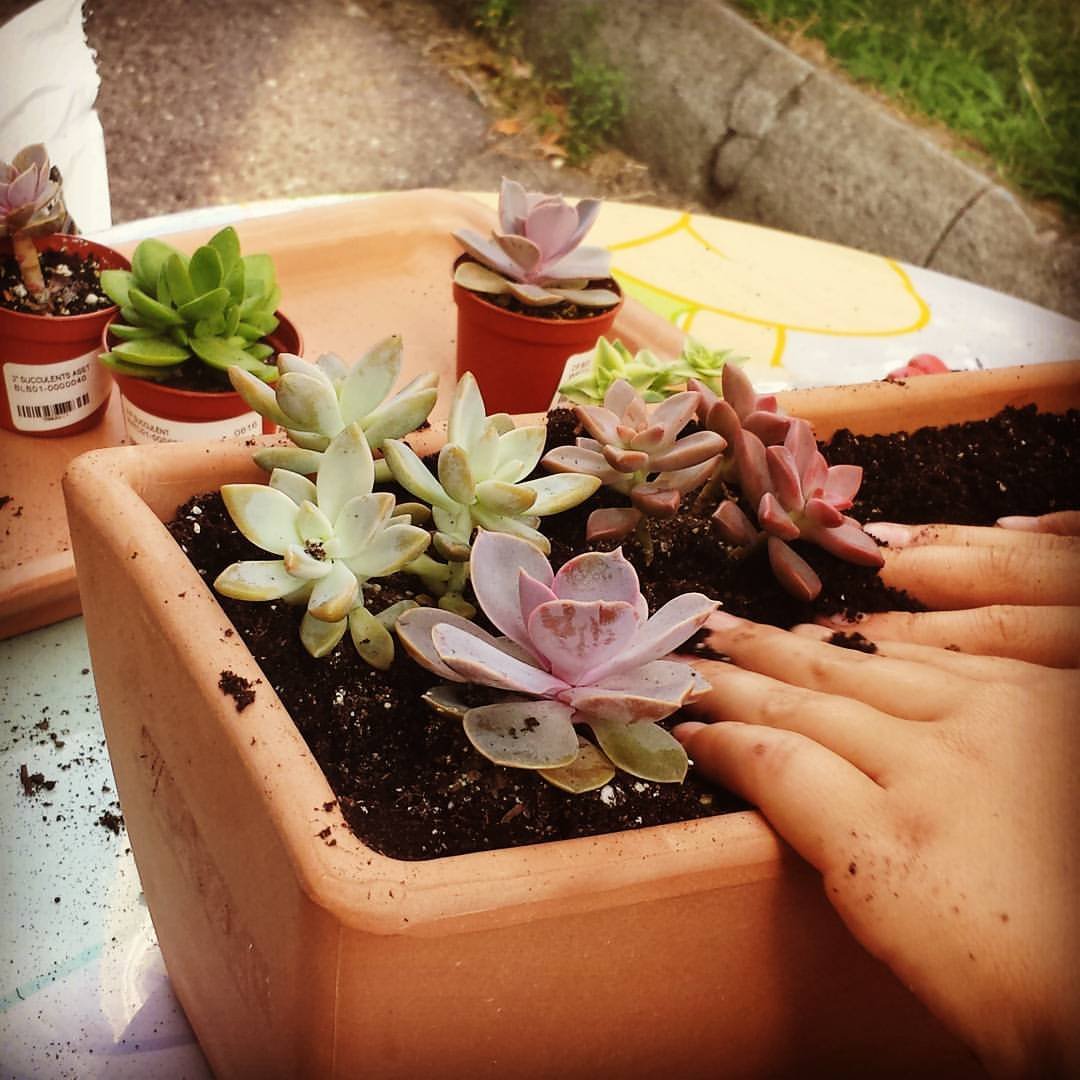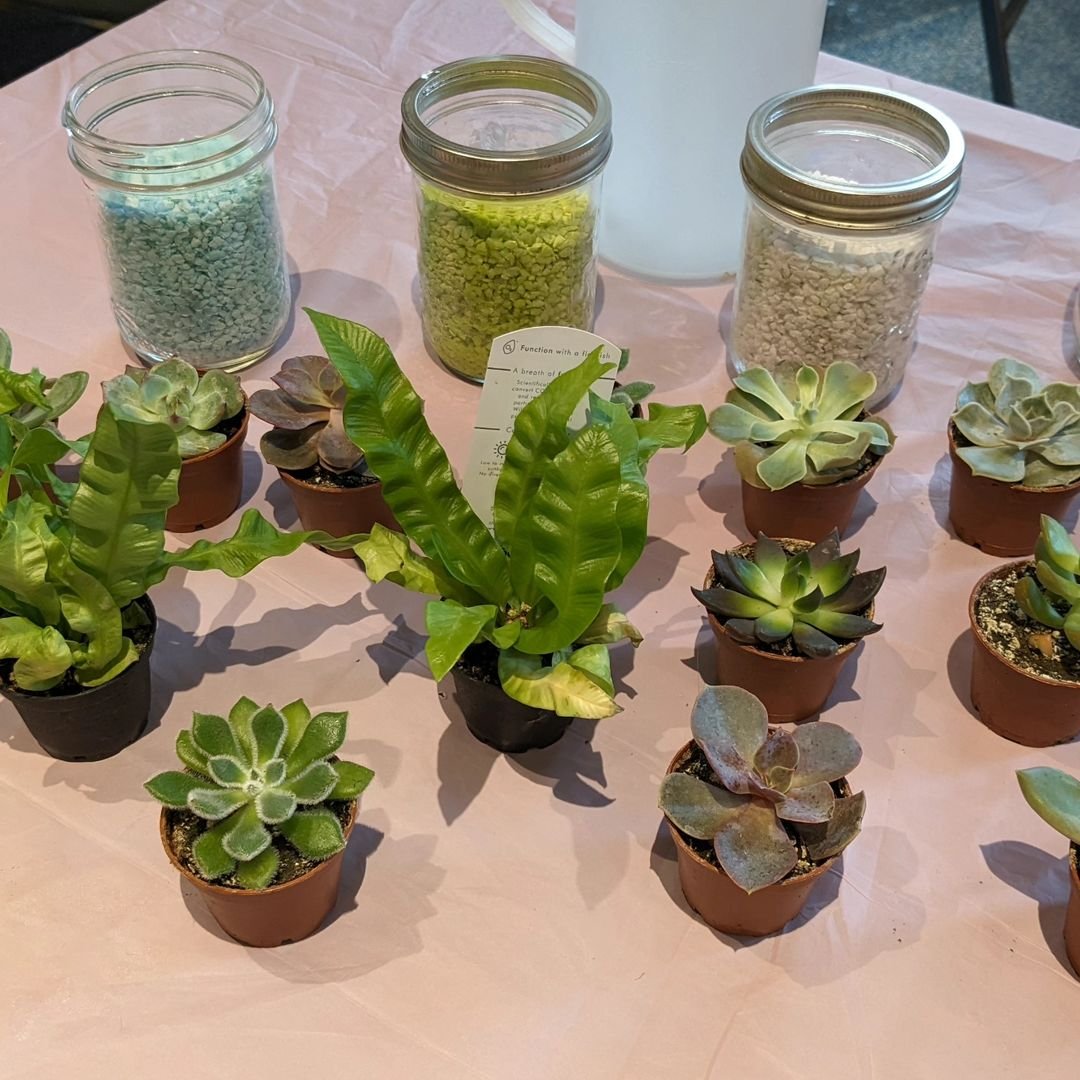Discover the secrets to growing healthy, Vibrant Succulents in your garden. From planting techniques to design ideas, this comprehensive guide covers everything you need for a successful Succulent oasis.
Succulents have taken the gardening world by storm, captivating plant enthusiasts with their striking shapes, vibrant colors, and low-maintenance charm. These drought-tolerant wonders are perfect for busy gardeners or those living in arid regions, offering a delightful array of textures and forms to enhance any outdoor space. However, to ensure your succulents thrive, it’s essential to follow a few key tips and best practices.
In this comprehensive guide, we’ll share eight essential tips for planting and growing succulents in your garden, covering everything from soil preparation to design inspiration. Whether you’re a seasoned green thumb or just starting your gardening journey, these insights will help you create a stunning succulent oasis that will be the envy of your neighborhood.
Here’s a general information chart about succulents:
| Aspect | Details |
|---|---|
| Botanical Name | Various genera (e.g., Aloe, Echeveria, Sedum, Crassula) |
| Plant Type | Perennial plants |
| Zones | Typically USDA Zones 3-11, depending on the species |
| Exposure | Full sun to partial shade |
| Bloom Time | Varies by species; generally spring to fall |
| Height/Spread | Varies widely; can range from a few inches to several feet tall and wide, depending on species |
Choose the Right Soil and Container

Succulents have specific soil requirements that differ from traditional garden plants. They prefer well-draining soil that mimics their natural desert environment. Use a specialized succulent or cactus soil mix, or create your own blend by combining regular potting soil with coarse materials like perlite, pumice, or small gravel.
When it comes to containers, opt for those with ample drainage holes to prevent waterlogged soil, which can quickly lead to root rot. Terra cotta and ceramic pots are excellent choices as they allow the soil to breathe and dry out properly between waterings.
Provide Ample Sunlight

Most succulents thrive in full sun exposure, requiring at least six hours of direct sunlight each day. However, some varieties, such as certain echeverias and haworthias, may appreciate partial shade, especially in hot climates. Pay attention to each plant’s specific light requirements to ensure they receive the optimal amount of sunlight.
If your outdoor space lacks sufficient sunlight, consider placing your succulents on a sunny patio, deck, or windowsill. You can also supplement natural light with grow lights or strategically position mirrors to reflect additional light onto your plants.
Water Wisely

One of the most common mistakes when growing succulents is overwatering. These plants are adapted to arid environments and can easily succumb to root rot if their soil remains constantly moist. The general rule of thumb is to allow the soil to dry out completely between waterings.
During the active growing season (spring and summer), water your succulents thoroughly, ensuring the soil is saturated. Then, wait until the soil is completely dry before watering again, which may take a week or more, depending on the climate and plant size. In winter, when growth slows, reduce watering even further.
Provide Excellent Drainage

Proper drainage is crucial for the health of your succulents. Waterlogged soil can quickly lead to root rot, which can be fatal for these drought-tolerant plants. When planting succulents in the ground, choose a well-draining location or create raised beds to improve drainage.
For container-grown succulents, ensure the pots have ample drainage holes and consider adding a layer of gravel or rocks at the bottom to further promote drainage. Additionally, avoid using saucers or trays that can collect excess water, as this can lead to standing moisture around the plant’s roots.
Fertilize Sparingly

Succulents have minimal nutrient requirements, making them relatively low-maintenance in terms of fertilization. In fact, over-fertilizing can lead to excessive growth, which can compromise the plant’s overall health and appearance.
If you choose to fertilize, use a balanced, water-soluble fertilizer diluted to half the recommended strength. Apply the fertilizer during the active growing season, typically in spring and early summer. Avoid fertilizing during the winter months when growth is dormant.
Prune and Groom Regularly

Regular pruning and grooming are essential for maintaining the aesthetic appeal of your succulent garden. Remove any dead, damaged, or stretched-out leaves or stems to promote healthy growth and maintain a tidy appearance.
Additionally, some succulents may benefit from periodic “beheading,” where the top portion of the plant is removed to encourage new growth and prevent them from becoming leggy or stretched out over time.
Design with Texture and Color

One of the most captivating aspects of succulents is their incredible diversity in textures, shapes, and colors. When designing your succulent garden, embrace this variety and play with contrasting textures and hues to create visually stunning displays.
Pair the smooth, round leaves of echeverias with the spiky, geometric shapes of haworthias or agaves. Combine the vibrant reds and oranges of certain sedum varieties with the cool blues and greens of gasterias or pachyphytums. By mixing and matching different succulent types, you’ll create a dynamic and eye-catching garden that will be a constant source of delight.
Incorporate Hardscaping Elements

Succulents often thrive in rocky, desert-like environments, making hardscaping elements like boulders, gravel, and driftwood perfect companions for your succulent garden. These natural elements not only complement the aesthetic of your plants but also provide excellent drainage and prevent soil compaction.
Use large boulders or rocks as focal points, creating visually appealing arrangements with your succulents around them. Gravel or decomposed granite can be used as a top dressing or to create pathways through your garden, adding texture and definition to your design.
Conclusion
Planting and growing succulents in your garden is a rewarding experience that can transform your outdoor space into a vibrant oasis of beauty and tranquility. By following these eight essential tips, you’ll be well on your way to creating a thriving succulent garden that will be the envy of your neighborhood.
Remember to choose the right soil and containers, provide ample sunlight and proper drainage, water wisely, and fertilize sparingly. Additionally, embrace the unique textures and colors of succulents in your design, incorporating hardscaping elements to enhance the natural aesthetic of these remarkable plants.
With a little patience and care, your succulent garden will flourish, offering a low-maintenance yet visually stunning display that will bring joy and serenity to your outdoor living spaces for years to come.
Pingback: Planting Succulents: 8 Tips for a Vibrant Succu...
Pingback: Wandering Jew: Complete Guide to Plant Care and Cultivation
Pingback: How to Grow and Care for Forest Pansy Redbud Trees -
Pingback: Discover the 9 Best Mother of Thousands Varieties | Mother of Millions Types
Pingback: 10 Mesmerizing Pink Succulents You Need in Your Collection!
Pingback: Summer Flower Arrangements: 11 Quick and Easy Ideas
Pingback: Welcoming Front Gardens : Creative Design Inspirations
Pingback: Calathea Roseopicta : How to Plant, Grow and Care
Pingback: How to Care for Petal Leaf Succulent: A Complete Guide
Pingback: Jade Plant: A Comprehensive Guide to Growing and Caring for Crassula Ovata
Pingback: How to Grow & amp Care for String of Pearls : A Complete Guide
Pingback: Echeveria agavoides : A Vibrant Succulent Beauty - Care Guide - Solano Garden
Pingback: Old Books as Decorative Plant Holders : A Creative Upcycling Guide (2024)
Pingback: How to Grow and Care for Forest Pansy Redbud Trees - Gardener's School